
The Hat Drop Heard Round NYC
Lines forming before opening. People around NYC checking X and Instagram for live updates. All for a hat.
Anthropic's team handed out branded hats last week. Limited edition. Good quality. The response? Exactly what you'd hope for. Trending hashtags. Photos everywhere. #AnthropicNYC and #AnthropicSwag blowing up. AI influencers posting. Recipients talking about meeting fellow fans and Anthropic team members in person.
The coverage called it "widely covered and well-received." A success in community-building and brand awareness.
Who's Actually Buying?
Did a single CTO see that hat and book a demo?
Anthropic doesn't sell hats. They sell Claude…an enterprise AI API that competes with OpenAI and Google. Their buyers are VPs of Engineering making six-figure platform decisions. Long sales cycles. Multiple stakeholders. Technical evaluations.
And we're celebrating because some people stood in line for a free hat.
The problem isn't the execution. Lines formed. That's real demand. The problem is we're measuring the wrong thing. Social media buzz isn't a business metric. It's a vanity metric dressed up as strategy.
I've seen this before. A client burns $40K on street activations. Hit thousands of people. Instagram Stories for days. Zero qualified leads. Because they optimized for impressions instead of pipeline.
When Impressions Don't Equal Income
Let's test the actual value here.
Anthropic's ideal customer is a technical decision-maker at a venture-backed startup or enterprise. Someone evaluating LLM providers for production use cases. Someone who cares about model performance, API reliability, and enterprise support.
Does that person care about a street activation in the West Village?
Maybe. If they happened to be there. If they happened to see the post. If they happened to care enough to stand in line. That's a lot of ifs for a $200K+ annual contract decision.
Now compare that to the alternative. Take the same budget. Run targeted LinkedIn campaigns to CTOs at Series B+ companies. Sponsor a developer conference along with appropriate merch. Fund a technical content series that actually educates buyers on implementing Claude in production environments.
Which one moves deals?
The issue isn't that brand awareness is worthless. It's not. The issue is treating it like the end goal instead of the starting line. Anthropic already has brand awareness in AI circles. What they need is consideration. Evaluation. Proof that Claude outperforms competitors on specific use cases their buyers care about.
A hat doesn't do that.
The Math Nobody Wants To Run
Let's say 500 people got hats. Let's be generous and assume 50 of them are in-market buyers (probably high). And let's say 5 of those buyers eventually request a demo.
What's the CAC on that? What's the conversion rate? How does that compare to other channels?
You can't answer those questions because nobody tracked it. No unique QR codes on the hats. No landing page for recipients. No way to connect the activation to pipeline.
Which means this isn't marketing. It's a brand exercise disguised as strategy.
Most companies do this stuff because it feels like marketing. It's visible. It's tangible. Your team gets excited. Your CEO gets to post about it.
But if you can't draw a line from the tactic to revenue, you're not building a business. You're building a vibe.
How To Actually Make This Work
I'm not saying kill all brand activations. I'm saying treat them like any other channel. Test them. Measure them. Be honest about what they actually deliver.
If Anthropic wants to run this again, here's how to make it worth the money:
Give every hat a purpose. Print a QR code inside. Link it to exclusive developer resources or a priority demo booking. Track who scans and what they do next.
Target the activation. Don't hand out hats to tourists in the West Village. Go to places where your actual buyers congregate. AI meetups. Developer conferences. Startup hubs.
Define success before you start. Is it qualified leads? Is it retargeting pool growth? Is it inbound demo requests from target accounts? Pick the metric. Set the target. Kill the program if it doesn't hit.
Compare it to alternatives. Run one street activation. Run one LinkedIn campaign with the same budget. See which one actually moves pipeline. Let the data decide.
The companies that win don't romanticize tactics. They test them ruthlessly. They measure what matters. And they're willing to kill programs that don't deliver.
If you couldn't post about it on social media, would you still run the activation?
If the answer is no, you're optimizing for the wrong thing.

